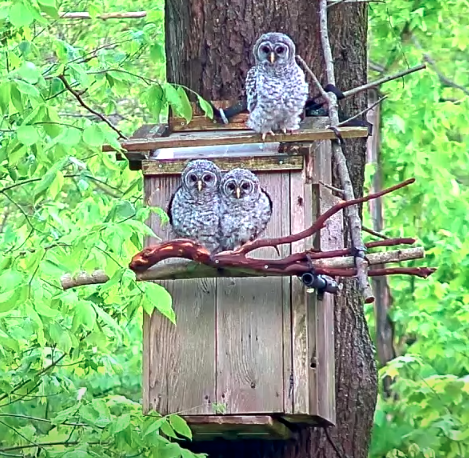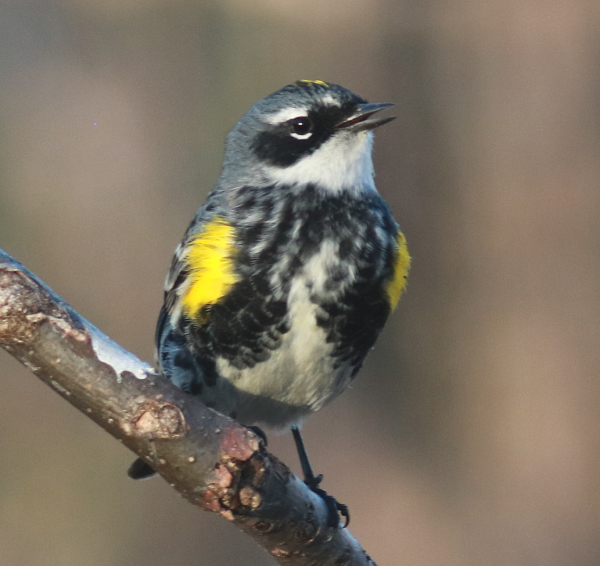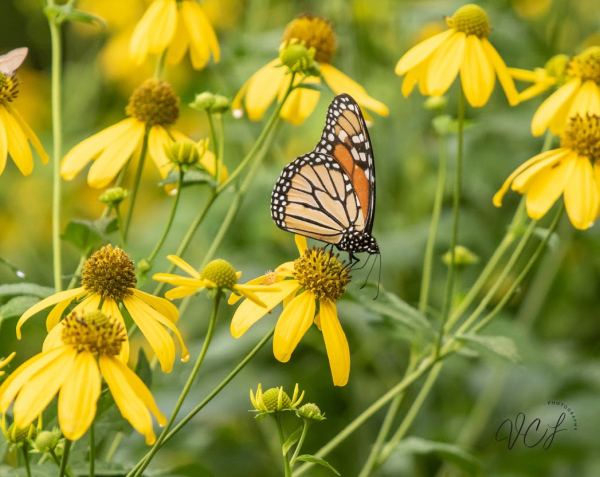WBU Live Barred Owl Nest Cam


The Barred Owls have returned to their infamous big nest box, and Monday the female laid the first egg! As verified by the live feed from the nest cams – one inside and one outside – the female made her first visit back on February 13th, and the pair has been more and more active at the nest box ever since with occasional calling back and forth. The male has been bringing the female food periodically, and the female brings her own food to the nest box sometimes. Now, there’s a good chance she will lay the second egg today (Wednesday).
There will be a wealth of things that will interest you as incubation leads to hatching and the growth of downy young owls, through the feathered nestling and fledging stages, along with the activities of the adults throughout the nesting period. The nest box and live feed cameras are brought to you by Wild Birds Unlimited, whose founder, Jim Carpenter, built and installed the big nest box in 1998, 23 years ago. It took 8 years for Barred Owls to use the nest box the first time, but it’s been an active nest site each spring since then!
You can check in on the action anytime, day or night, and follow the activities of the owls through the nesting season at https://www.wbu.com/owl-cam/
And if you want to zoom through a the highlights of a full nesting season, you can view the activities of past seasons, which are provided in concise video form at https://www.wbu.com/owl-cam-highlights/









